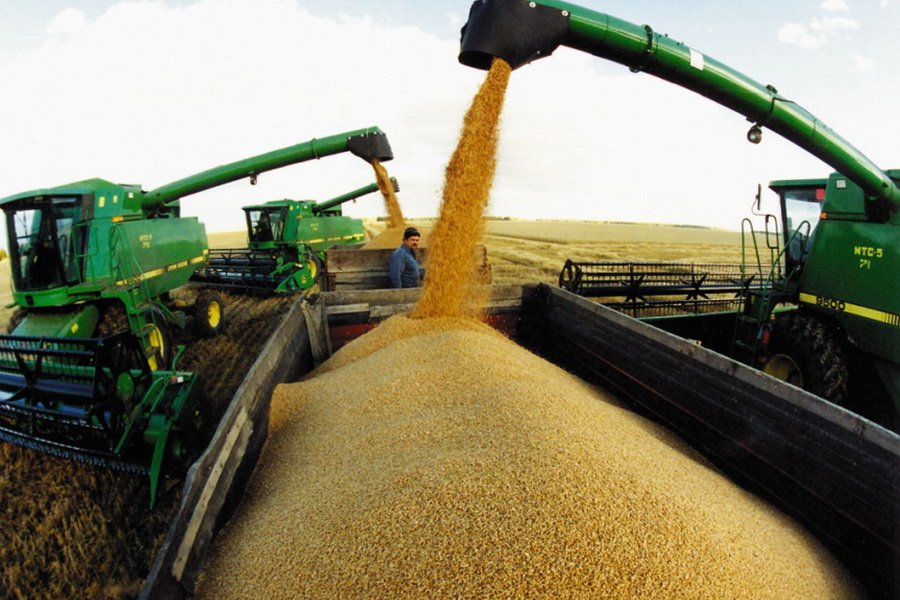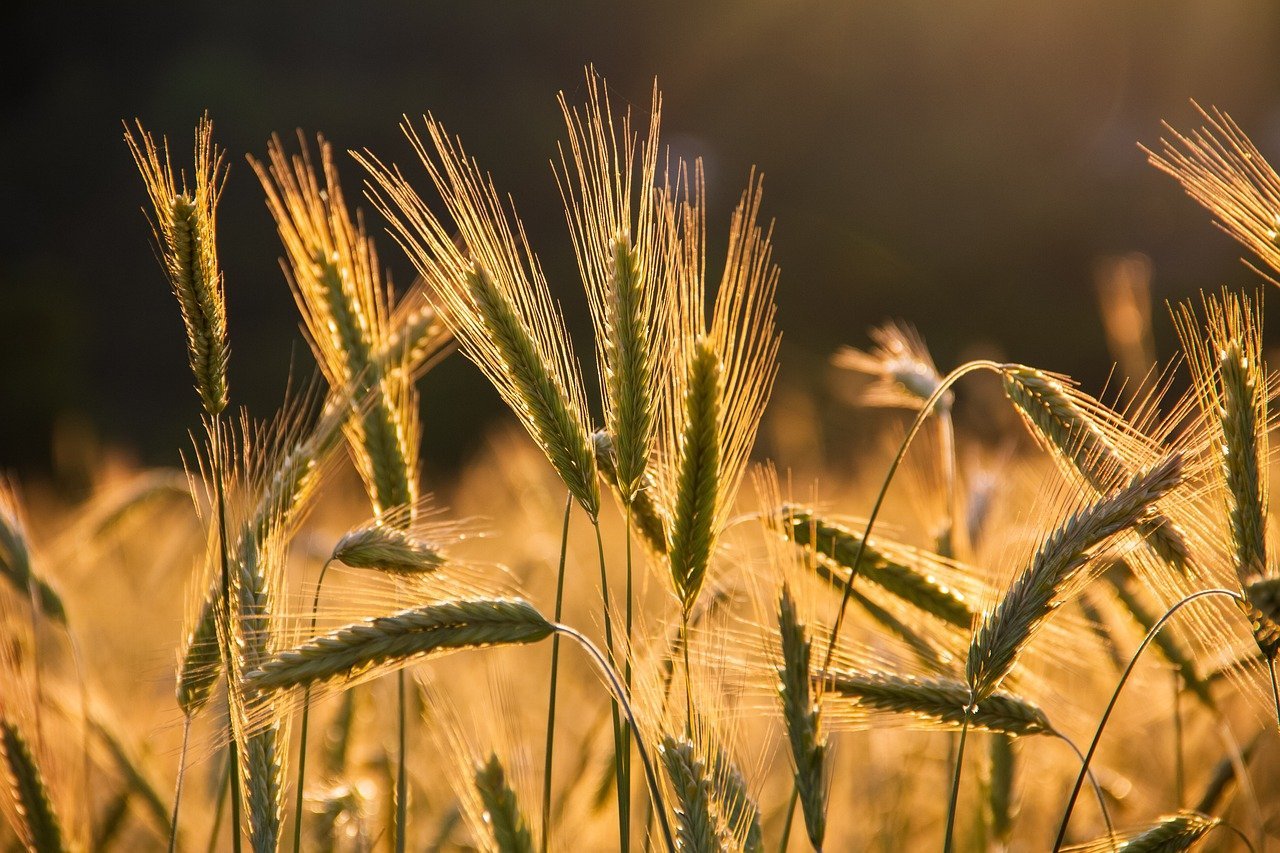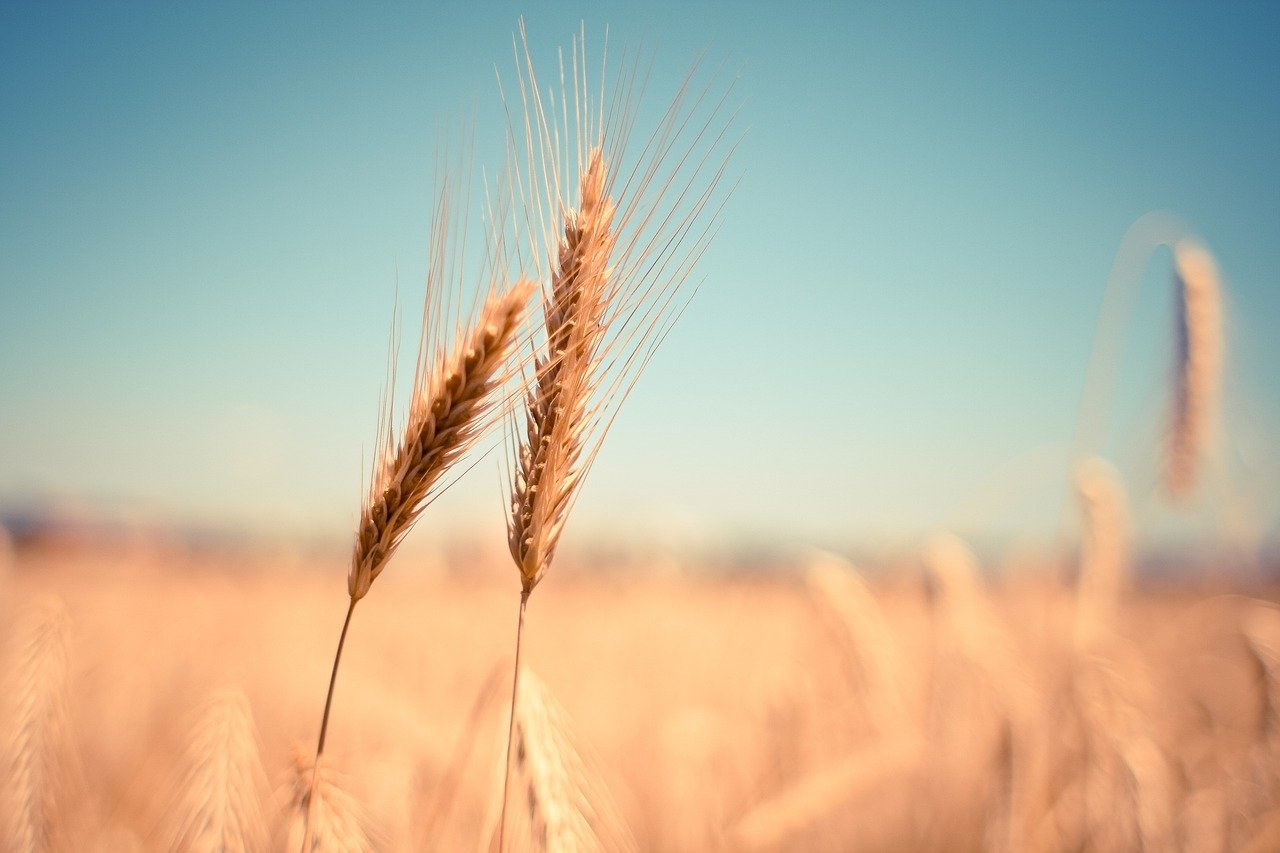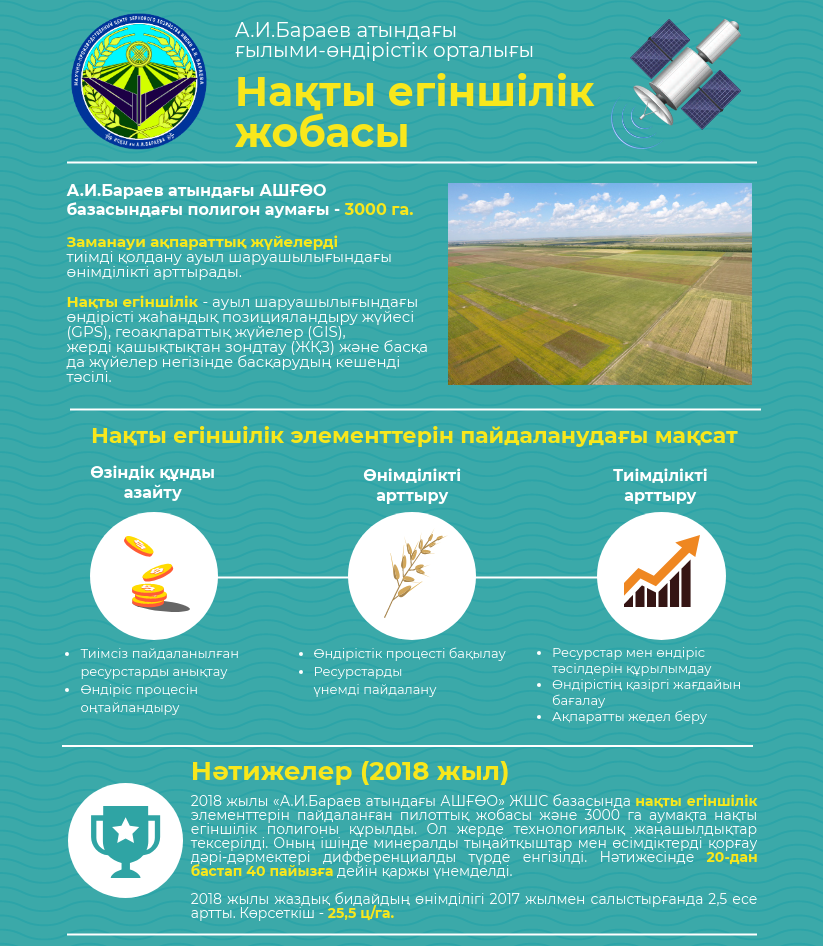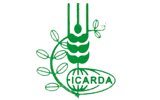LENTILS - A WINDOW OF OPPORTUNITIES FOR FARMERS OF KAZAKHSTAN
Главная / News / News / Main news
 The global market of leguminous crops is becoming one of the fastest growing markets in the food segment. The volume of global production is estimated by industry experts to be slightly more than 70 million tons per year. As before, the world's largest producers and importers of legumes, and in particular lentils, are Canada (about 35-45% of world production), India, Turkey and several other countries. Leguminous crops currently occupy an insignificant place in the overall structure of Kazakhstan's exports, in our country they are sown by about 5 million hectares of the available 23 million hectares for sowing all crops, which is undoubtedly very modest.
The global market of leguminous crops is becoming one of the fastest growing markets in the food segment. The volume of global production is estimated by industry experts to be slightly more than 70 million tons per year. As before, the world's largest producers and importers of legumes, and in particular lentils, are Canada (about 35-45% of world production), India, Turkey and several other countries. Leguminous crops currently occupy an insignificant place in the overall structure of Kazakhstan's exports, in our country they are sown by about 5 million hectares of the available 23 million hectares for sowing all crops, which is undoubtedly very modest.According to statistics of the Republic of Kazakhstan, lentils, rapidly gaining momentum in production and reaching a record of 313 thousand tons by 2015/17, rapidly reduces the rate of cultivation in subsequent years.
The main factors of both the rise and fall of lentil production were the instability of prices on the world market. Statistical data in Kazakhstan, in different years, differed significantly, so the cost of red small-seeded lentils ranged from 350 to 500 US dollars per ton, and the cost of green large-seeded lentils, plate type, could reach up to 750 US dollars per ton and in 2016 reached its peak of 900 US dollars. But due to a number of factors, lentils lost their market attractiveness for agricultural producers, which led to a sharp decrease in lentil cultivation, reducing the cost per ton to 150-200 US dollars and reducing the share of arable land as a consequence. The main key to the troubles of the deterrent factor faced by agricultural producers is low yield, in comparison with the same wheat, as well as biological features – plant stunting, height does not exceed 50 cm, low attachment of the lower beans, about 5-7 cm (depending on the variety), a tendency to lodging, high seed shedding on the root, and, given these factors, difficult harvesting. In most cases, about 50% of the crop remained in the fields, hitting the farmers’ pockets hard. Ideally, specialized equipment is needed for cleaning, which Kazakhstan certainly has, but in small quantities and only in large companies. Such tools include harvesters with a copying apparatus equipped with a stem lift and an air drum. The second important factor is non-compliance with the recommendations for cultivation. It is the violation of recommendations and incorrect agricultural techniques (the soil for sowing lentils should be as aligned as possible), for the most part, and led to a decrease in profits.
Agricultural producers had no choice but to request assistance the scientists in the field of growing legumes. And after close cooperation of farmers with scientists of the leading institutes of the country, such as the Scientific and Production Center of Grain Farming named after A.I. Barayev in Akmola region, KazRIGPG in Almaty, the interest of farmers in leguminous crops and the interest of importers in Kazakh products began to grow again. Thanks to the painstaking and scrupulous work of scientists-breeders of the SPCGF together with farms, recently (2020-2021) lentils have again begun to occupy their niche among other cultivated plants grown in Kazakhstan. Lentils are mainly produced in the northern regions of the country - Akmola and North Kazakhstan regions. After the lentil boom, the cultivation of lentils began in the Pavlodar region.
It is regrettable to note that, for the most part, domestic agricultural producers replenish foreign markets (in addition to Turkey, India, Bangladesh, Iran and East Asian countries are among the countries buying lentils), but the culture of lentil consumption in our country is relatively weak, although according to both foreign and domestic experts, varieties of lentils created in Kazakhstan are fully competitive and can compete both on domestic and international platforms. With an average yield of Kazakhstan’s few varieties listed in the State Register of the Republic of Kazakhstan, about 10-12.5 c/ha (for comparison, in Canada the average yield is
19c/ha, and in Russia it falls short of 10c/ha), this crop exceeds spring wheat by several times in terms of revenue from 1 ha and profitability of production.
In Kazakhstan, in the future, it is planned to develop varieties of lentils that will be well adapted to mechanized harvesting, namely: to increase the attachment height of the lower beans, which will allow the harvester to raise the harvester to the optimal height during harvesting and varieties that will not be inferior to Canadian lentils in quality and yield. The optimal height of the plant, according to the scientists of “SPC GF named after A.I. Barayev” LLP, is a height of 10-11 cm and above. It is planned to increase the average yield of varieties to the level of 16-18 c/ha, with a seeding rate of 130-150 pcs/m2. To bring out and introduce varieties of non-crumbling type of beans - this will significantly increase the yield and quality of products, and as a result, profit, and the drought resistance of lentils will play an important role in this. From flowering to harvesting, it surpasses other legumes, except chickpeas, in resistance to high temperatures and drought. This property, according to the scientists of the Center named after A.I. Barayev, will allow cultivating lentils in the arid regions of the south of the country.
Since the plants of this crop now compete poorly with weed vegetation, in most cases weeds simply eliminate the crop from the field, this factor cannot be ignored and the efforts of the Center’s breeders are also aimed at increasing the competitiveness of lentils. The primary task is to increase the culture of agriculture, which will allow the root system of lentils to develop more qualitatively and receive a much larger amount of nutrients, as a result of which to develop a large vegetative mass of plants. The root system of lentils is rod-shaped with a large number of lateral roots, and its length can reach from 0.7 to 1 meter, evenly and densely penetrating the upper layers of the soil, which undoubtedly looks very attractive in terms of a large consumption of the necessary macro and microelements. At the same time, it is worth considering the fact that lentils feel good and form sufficiently high yields on highly aerated soils, average in fertility. It is categorically impossible to sow on saline, heavy compacted soils, since, in this case, even compliance with all the recommendations for cultivation are not able to allow an acceptable harvest to be formed.
The rapidly accelerating crisis associated with the corona virus pandemic, as well as the introduction of an emergency in many importing countries, led to the complete or partial closure of borders and disruption of established trade relations, which negatively affected the economy of Kazakhstan. This fact made it clear that it is necessary to develop agricultural sectors as soon as possible and as efficiently as possible, and in particular crop production and increase the share of the domestic market with leguminous crops. It is worth noting that the expansion of acreage under lentils looks very profitable in economic terms, which will lead to the improvement of not only the crop rotation available in farms, but also savings on the use of nitrogen fertilizers.
This factor will significantly increase the export potential of the country, saturate the domestic market with protein products and allow for import substitution of individual products.
Ten Е.А.
Head of the Laboratory of
leguminous and oilseed breeding
Oshergina I.P.
Head of the leguminous,
forage, oilseeds and cereals breeding Department.
1 859 -рет қаралды













